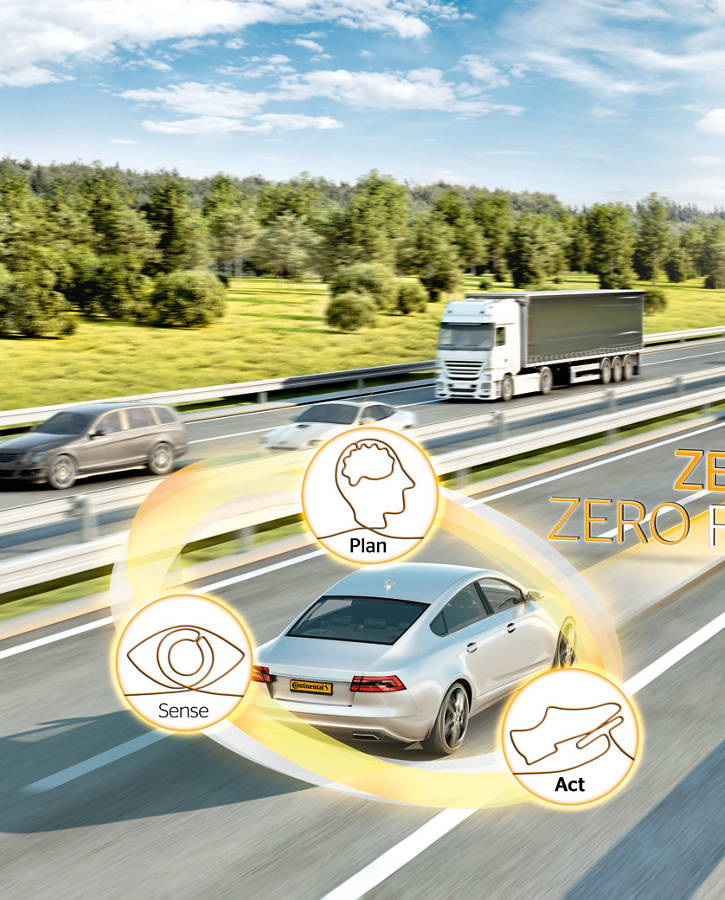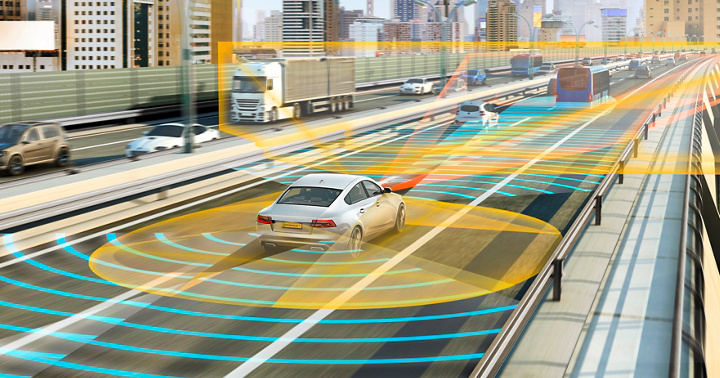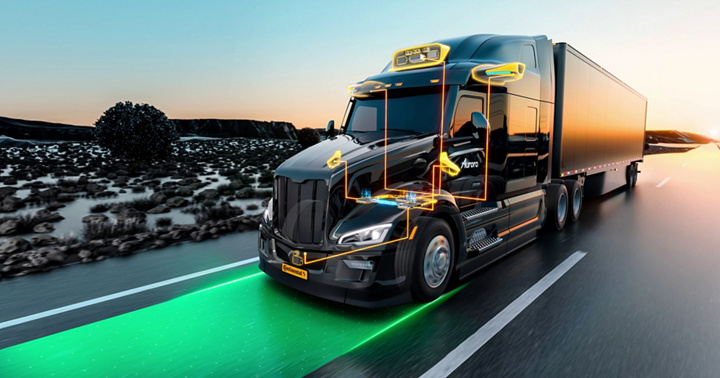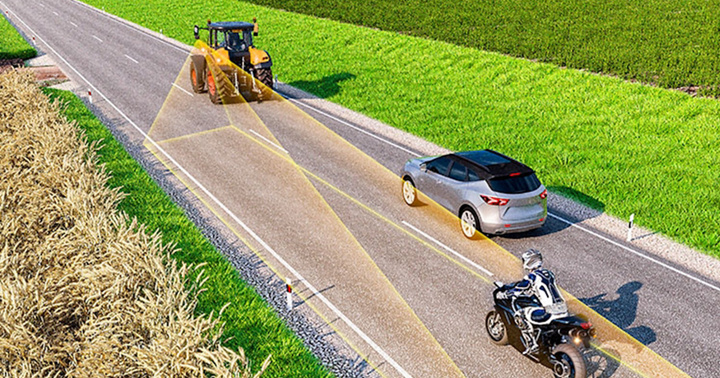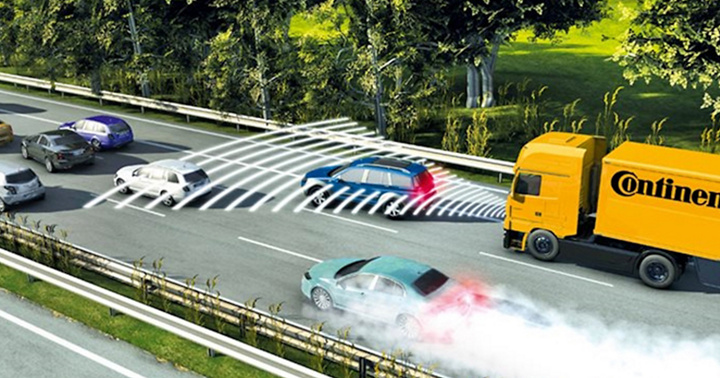June 26, 2024 - From July 7, 2024, the EU General Safety Regulation II (GSR II) will usher in a new era of vehicle safety. All new vehicles on EU roads must comply with most of the General Safety Regulation II. State-of-the-art safety technologies required by law for new cars, light and heavy commercial vehicles and buses are intended to sustainably increase road safety. Continental is at the forefront of this transformation with technologies and solutions that are driving us toward Vision Zero – the goal of zero traffic accidents.
The requirement for safety systems to help ensure safe driving also goes hand in hand with broad recognition of these as useful technologies among the population. This is shown, for example, by the results of a representative survey that the market and data analytics firm YouGov conducted on behalf of Continental among around 2,000 German citizens aged 18 and over on driving safety in road traffic in spring 2024. Across all age groups, it is evident that the increasing use of modern driver assistance systems increases the feeling of safety behind the wheel. For a large majority (64 percent) of those surveyed, safety is particularly important when driving.
